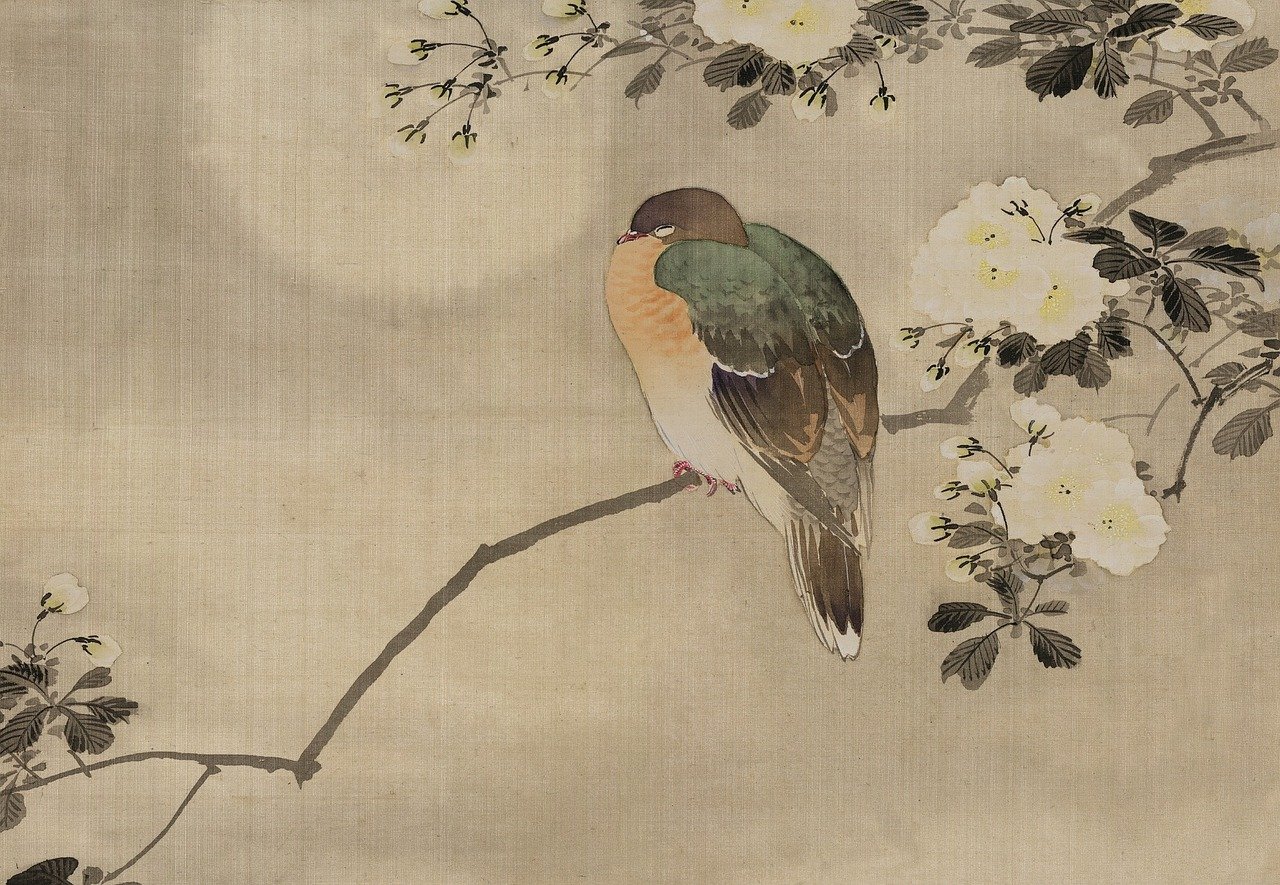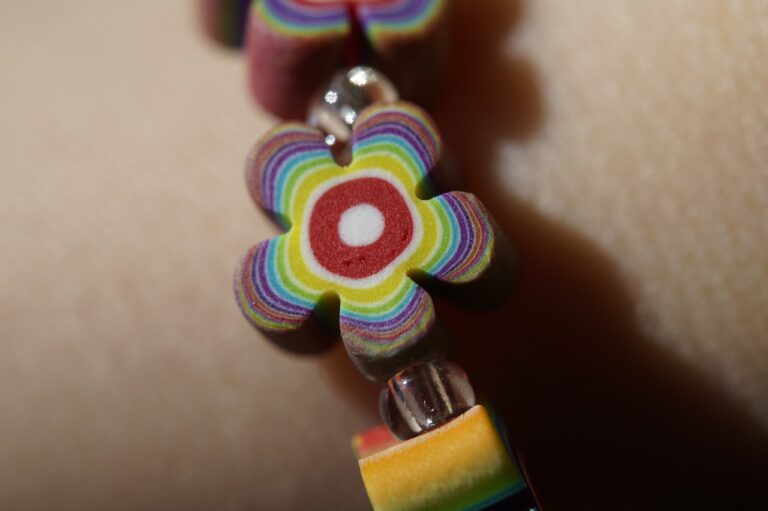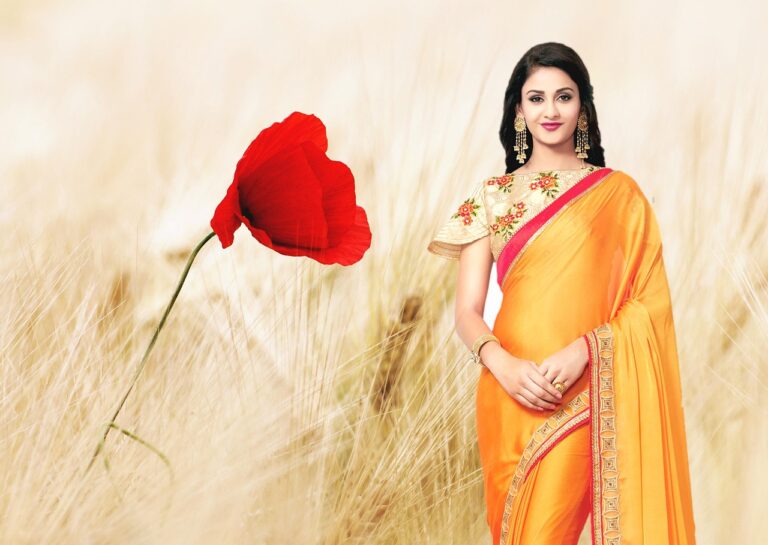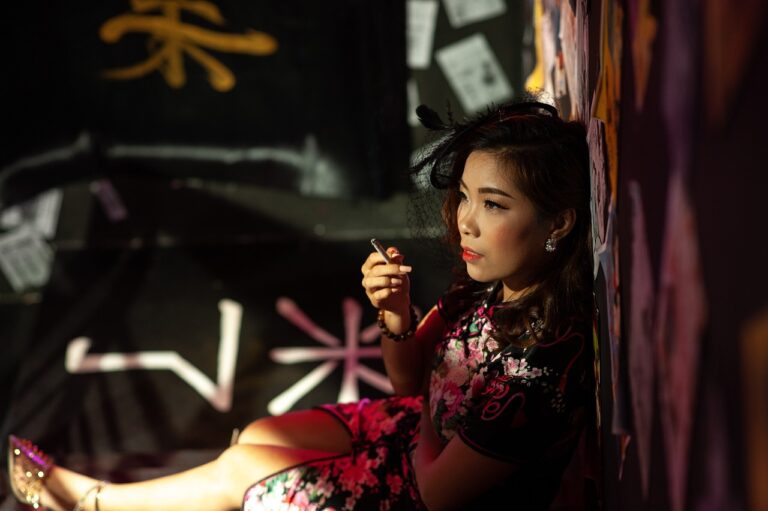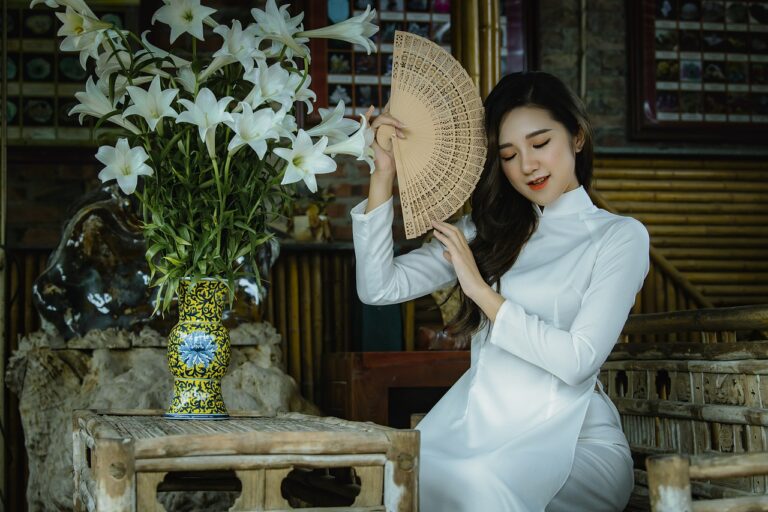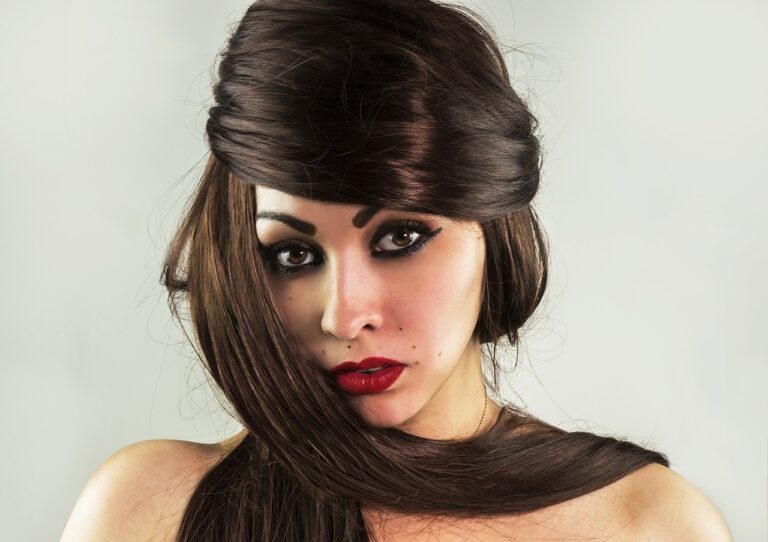Fashion’s Love Affair with Art Deco: Gatsby-Inspired Glamour in Modern Design
Art Deco emerged in the early 20th century, flourishing in the interwar period when a shift towards modernity and innovation was taking place. Originating in France, the style quickly spread across the globe, influencing various aspects of design, art, architecture, fashion, and everyday objects.
With its sleek geometric shapes, vibrant colors, and luxurious materials, Art Deco embodied a sense of sophistication and glamour that captured the essence of the Roaring Twenties. The movement drew inspiration from a variety of sources, including Cubism, Bauhaus, and ancient art forms, resulting in a unique fusion of traditional craftsmanship and modern aesthetics.
Influence of the Great Gatsby
F. Scott Fitzgerald’s novel “The Great Gatsby” is a seminal work that encapsulates the glitz, glamor, and excess of the Roaring Twenties. Set against the backdrop of the Jazz Age, the novel explores themes of wealth, love, and the pursuit of the American Dream. The extravagant parties and luxurious lifestyles depicted in the book mirror the opulence and decadence of the Art Deco era.
The character of Jay Gatsby, with his lavish parties and mysterious past, embodies the spirit of the Art Deco period. His extravagant mansion, filled with Art Deco elements such as sleek lines, geometric patterns, and luxurious materials, serves as a visual representation of the era’s aesthetic. The allure of Gatsby’s lifestyle captivates the imagination and has become synonymous with the glamour and sophistication of the Art Deco movement.
• The character of Jay Gatsby symbolizes the spirit of the Art Deco period
• Gatsby’s extravagant mansion reflects the opulence and decadence of the era
• The novel explores themes of wealth, love, and the pursuit of the American Dream
• The parties and lifestyles depicted in “The Great Gatsby” mirror the glitz and glamor of the Roaring Twenties
Characteristics of Art Deco Fashion
Art Deco fashion embodies a sense of luxury and modernity that emerged in the 1920s and 1930s. The style is characterized by geometric shapes, bold colors, and intricate patterns. Dresses were often embellished with sequins, beads, and fringe, reflecting the glamour and opulence of the era.
Women’s fashion in the Art Deco period featured dropped waistlines, emphasizing a boyish silhouette. Fabrics such as satin, silk, and velvet were popular for evening gowns, while daytime attire included more practical materials like wool and cotton. Accessories played a key role in completing the look, with long strands of pearls, feathered headpieces, and cloche hats adding to the overall sophistication of Art Deco fashion.
What is Art Deco fashion?
Art Deco fashion refers to the clothing and accessories that were popular during the Art Deco movement in the 1920s and 1930s.
What are some characteristics of Art Deco fashion?
Some characteristics of Art Deco fashion include geometric shapes, bold colors, and luxurious materials such as silk and velvet.
How did the Great Gatsby influence Art Deco fashion?
The Great Gatsby, a novel written by F. Scott Fitzgerald in 1925, showcased the opulence and extravagance of the Jazz Age, which heavily influenced Art Deco fashion with its glamorous and luxurious aesthetic.
Can you give examples of Art Deco fashion pieces?
Examples of Art Deco fashion pieces include beaded flapper dresses, cloche hats, geometric print scarves, and long beaded necklaces.
Is Art Deco fashion still popular today?
While Art Deco fashion may not be as prevalent as it was during the 1920s and 1930s, elements of Art Deco design can still be seen in contemporary fashion and design trends.

